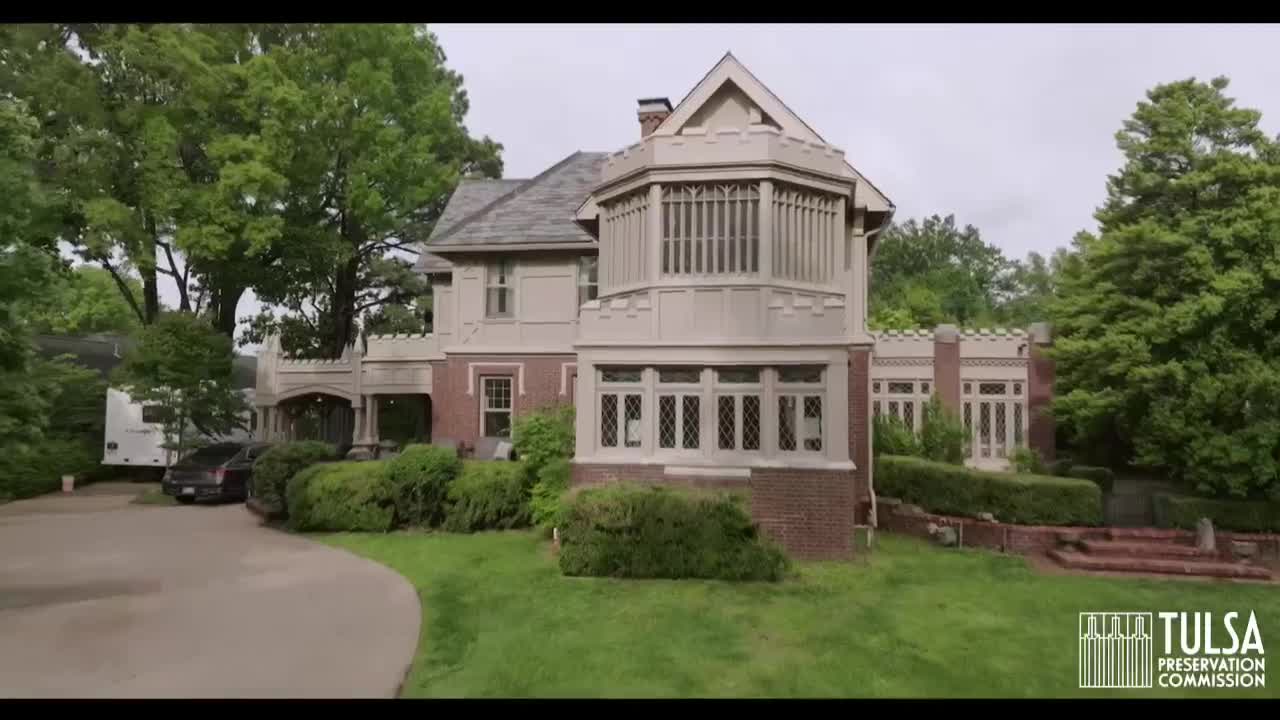Tulsa explores Gillette Mansion and Yorktown neighborhood in preservation series
June 16, 2025 | Tulsa, Tulsa County, Oklahoma
Thanks to Scribe from Workplace AI , all articles about Oklahoma are free for you to enjoy throughout 2025!

This article was created by AI using a video recording of the meeting. It summarizes the key points discussed, but for full details and context, please refer to the video of the full meeting. Link to Full Meeting
One of the highlights of the tour was the Gillette Mansion, constructed in 1921. This impressive three-story Gothic Tudor home was built by J. M. Gillette, a significant figure in Tulsa's history as a merchant, real estate entrepreneur, and oilman. The mansion, located outside the city limits at the time, features a natural stone goldfish pond, handcrafted concrete tables and benches, and a clay tennis court made from brick, stucco, and heavy timber. Its architectural details, including rock accents, multi-paned leaded glass windows, and a slate roof, reflect the ambition and craftsmanship of the era, serving as a lasting symbol of Tulsa's oil boom.
The tour also included a visit to a Tudor-style duplex at 1731 South Yorktown Avenue, built in 1940. This 1,200 square foot residence showcases the architectural trends of its time, further illustrating the rich history and diverse styles found within these neighborhoods.
Overall, the exploration of Yorktown and Gillette not only highlights the architectural beauty of early twentieth-century Tulsa but also underscores the cultural and economic forces that shaped the city during a transformative period. As these neighborhoods continue to be preserved, they serve as a reminder of Tulsa's vibrant history and the legacy of its early residents.
Converted from Tulsa - Human Rights Commission - Jun 16, 2025 meeting on June 16, 2025
Link to Full Meeting
Comments
View full meeting
This article is based on a recent meeting—watch the full video and explore the complete transcript for deeper insights into the discussion.
View full meeting